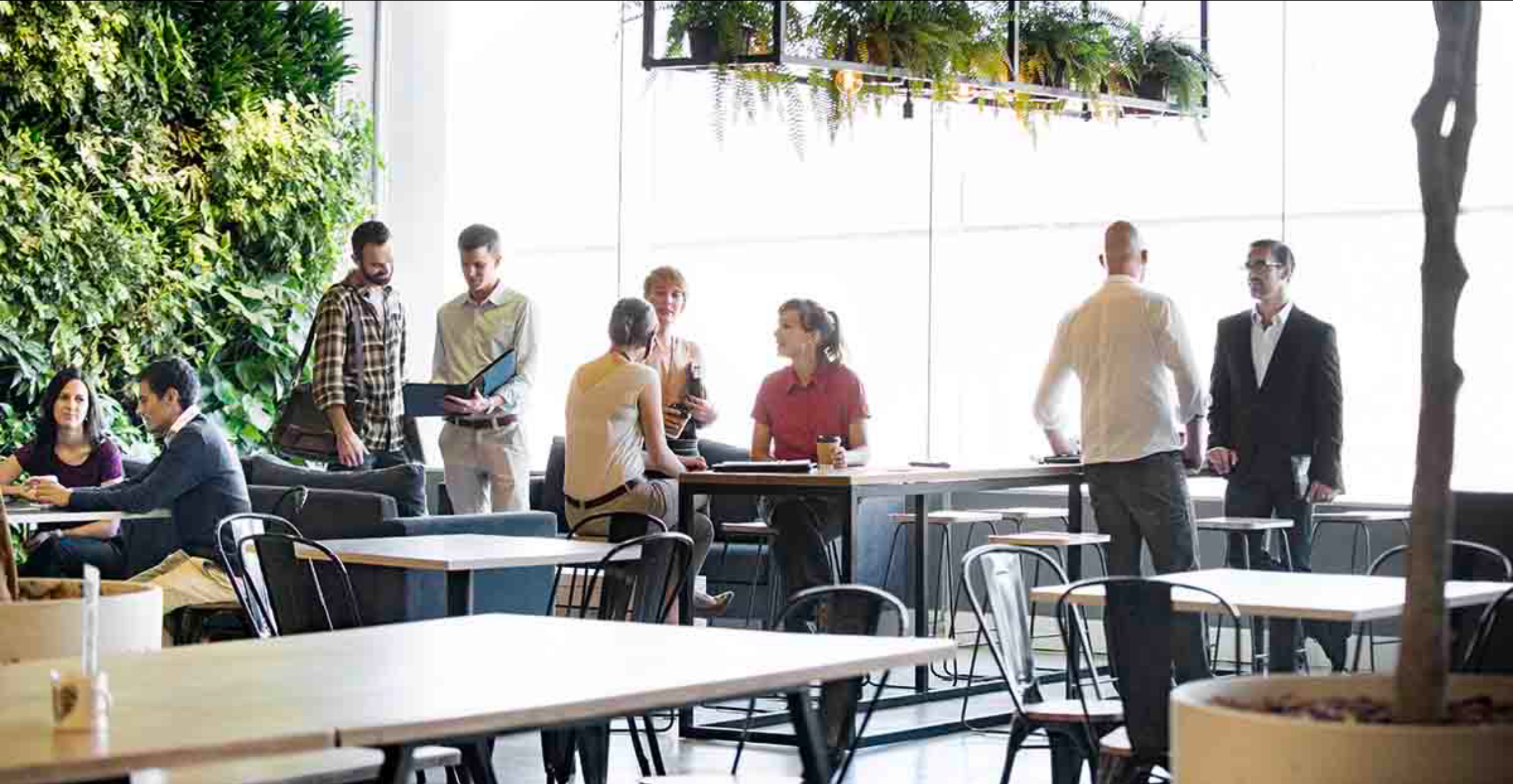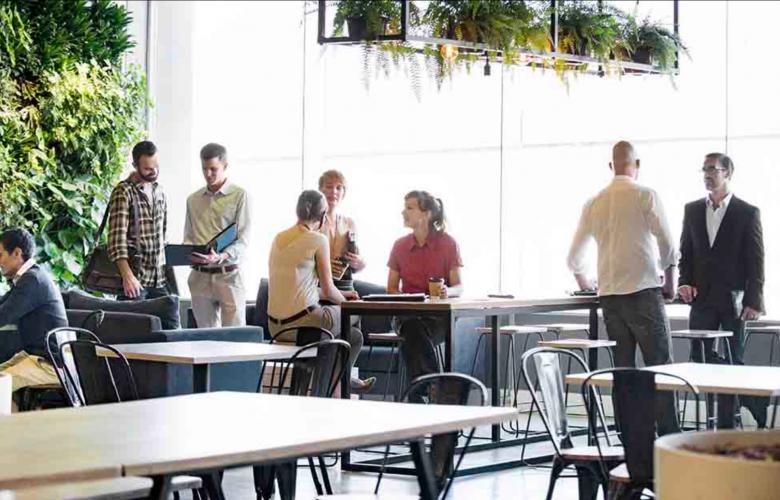Emphasis on the ‘S’ocial aspects of the workplace is on the rise: JLL
Contact
Emphasis on the ‘S’ocial aspects of the workplace is on the rise: JLL
The ‘E’ in ESG has been front and centre in the thinking of tenants seeking more sustainable workplaces, but there’s now a growing emphasis on the social element too.
With employees holding more power within a tight labour market, businesses – cognisant of the importance of social interaction to their younger employees, in particular – are increasingly placing a greater emphasis on the social aspect of ESG (environmental, social and governance) issues.
Enhancing employee productivity and satisfaction, and lowering attrition, are the key drivers behind what is now an increasingly popular trend which may be beneficial to a wide range of stakeholders, according to JLL’s Head of Tenant Representation – Australia, Michael Greene.
“We have seen a trend towards tenants demanding greater and greater levels of sustainability with the environmental element undoubtedly the leading pillar of ESG,” he said. “However, with younger generations tending to prioritise the social aspect of the workplace, the ‘S’ is now assuming a greater level of importance.
“If a business can attract and retain this particular employee cohort, it stands to significantly reduce churn and training costs, increase morale, productivity and efficiency, and potentially achieve a greater level of successful business outcomes – and that’s the bottom line.
“The epidemic of loneliness and the rise in mental health issues following the pandemic have highlighted the crucial role of the social aspect of the office. In bringing people together physically, the office not only fosters collaboration and productivity but also provides a vital support system for individuals, promoting well-being, connection, and a sense of belonging that can help alleviate these pressing issues.”
Mr Greene said landlords who recognised the importance of the social pillar, at a time when employees have fully embraced a live-work-play lifestyle, would ultimately attract greater tenant demand and reduce the overall vacancy of their assets.
“This is a no-brainer. The pandemic has driven a new work-from-home culture to the extent that there seems little doubt it has hurt productivity to some degree for a significant number of firms,” he said.
“The adoption of a greater emphasis on the social aspect as a means of attracting employees back to the workplace may well help to address an issue that has become more and more problematic for landlord and employers alike as work from home becomes more entrenched.”
Mr Greene said social objectives were now being achieved in a variety of ways at both the precinct and asset level across a number of office markets nationally.
“For example, in Brisbane, major tenants have long been attracted to Fortitude Valley because the precinct offers excellent social infrastructure such as a live music scene and retail within walking distance.
By integrating social responsibility into the office environment, the workplace can be a catalyst for creating a stronger, more interconnected community.
"In recognising the power of social interaction within the workplace, Charter Hall's 130 Lonsdale community choir provides a remarkable example of fostering not only internal connections but also an enhanced commitment to the community. Linked to the Church on site, this initiative encourages greater involvement within the community, allowing employees to connect on a deeper level and contribute positively to the broader social fabric,” said Mr Greene.
Emphasis on ‘S’ on the rise, says JLL
“At an asset level, the recently completed 31 Duncan Street development in Fortitude Valley has a sky terrace and garden to encourage employees to take part in social and wellness activities.
“Another example is 895 Ann Street, which on completion will have a rooftop bar, adding to the attraction and engagement with the broader community.”
Additionally, Mr Greene said, plans to construct the world’s tallest timber office tower in Perth include a 500 square-metre vegetable garden and dining and entertainment amenities, as well as 1600 square metres of communal wellness space surrounding the building which is expected to take the social focus to another level.
“When it comes to social considerations, tenants and landlords are now looking to build and foster communities, not just a workplace. That is a shift which has some way to go, but it would seem the challenge has been accepted and its inevitable outcome will be a net positive for all.”








